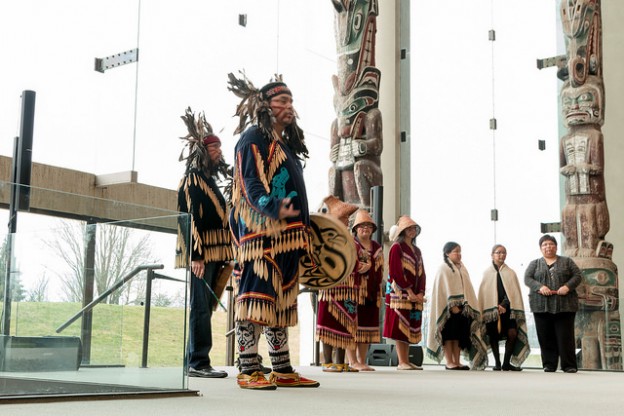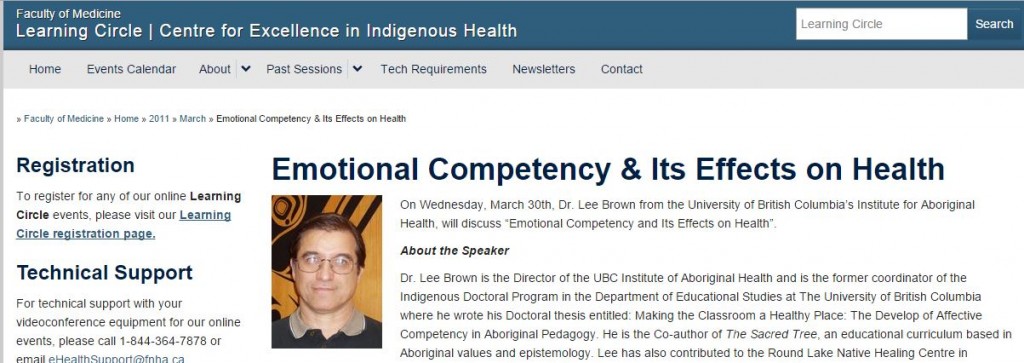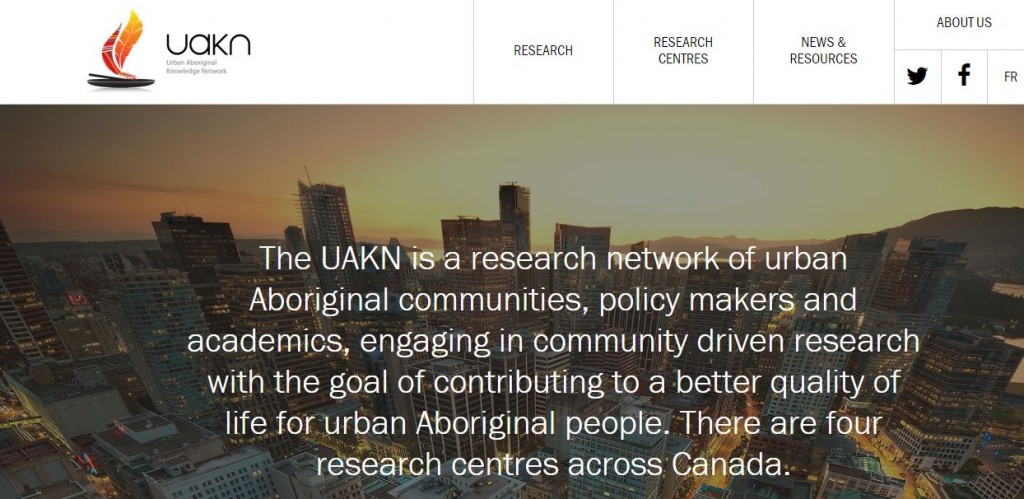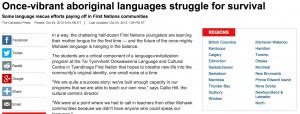http://web.williams.edu/AnthSoc/native/index.htm
Based on the book of the same name Michael Brown created a website focussing on the ongoing “legal status of indigenous art, music, folklore, biological knowledge, and sacred sites.”
Of particular interest are the many links that are aligned to chapters in his book. Brown discusses the importance of protecting the culture for those it represents.
This site is an excellent resource for anyone interested in the topic of cultural protection in general and through online means. It is also a great site for insights into legal rights claims and the implications on communities.
*Note that while most links on the site are still active and relevant Brown has stopped updating the site as of April 2014. It is still however, a worthwhile resource.
Module 2 – Post 1
Ryan Silverthorne







